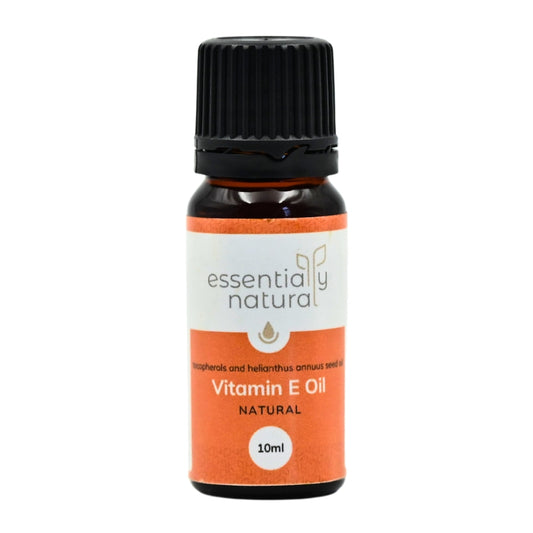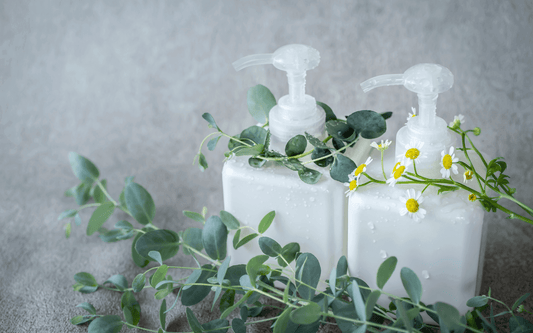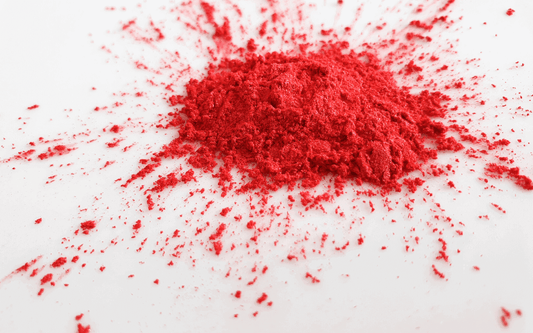
Quick Guide To Natural Humectants
Juliette van der MeerHumectants are an important group of cosmetic ingredients, and will be found in most skincare products that contain an aqueous phase. Humectants moisturise the skin in a unique way: they attract water to the skin.
Why Do We Use Humectants In Skincare?
Products work better when the skin is moisturised.
Depending on what product you are making, you will most likely include some moisturising and hydrating ingredients in your formula. There are various types of ingredients that can do this in different ways: emollients (oils and butters), occlusives (waxes and lanolin) and of course our focus today, humectants.
How Do Humectants Work?
Humectants work by drawing moisture either from the air, or from deeper layers of the skin to outer layers of the skin. Where the moisture comes from depends on the humidity factor. In more humid climates, moisture can be drawn from the surrounding air, but in drier climates moisture may be drawn from under the skin.
Working With Humectants
When working with or using humectants, you may want to include other moisturisers such as emollients and occlusives in your formulation or as part of the skincare instructions. Emollients enhance skin penetration, soften and moisturise the skin, and occlusives reduce water loss in the skin. Humectants work well in combination with these moisturisers.
What Are Natural Humectants?
Here is a list of natural humectants that we have access to:
Vegetable glycerine
- Derived from plant sources, glycerine is a thick, sweet, sticky liquid. It is the most commonly found and cost effective humectant and is wonderfully versatile.
- Usage: it can feel a bit sticky in leave-on products at high amounts so keep the usage rate to around 3-5%, although I have seen it used up to 30% in lotions.
- Fun fact: can be used to make botanical extracts!
1,3 propanediol
- Derived from cane sugar, 1,3 propanediol is a natural alternative to propylene glycol, and a non-sticky alternative to glycerine.
- Usage is 1-20%.
- Fun fact: can be used to make botanical extracts!
Honey
- Produced by our little bee friends, honey is packed with vitamins, enzymes, polyphenols and other great-for-the-skin actives. It is a great moisturiser and makes the skin feel wonderfully soft, hydrated and brightened. I personally love using it in face masks but it can also be used in other wash-off products such as cleansers.
- Downside: it is not vegan.
Hyaluronic acid 1% solution
- HA is a famous moisturiser and humectant, and it can absorb up to 1000 times its weight in water. It is found naturally in the body but it is a much loved addition in skincare. It gives a wonderful hydrated, slippy feel to the skin. One of the best moisturisers and humectants available!
- Usage is up to 20%, for a total of 0.2% in the formulation.
Lactic acid
- At low concentrations lactic acid (an alpha hydroxy acid) has humectant properties, while at higher concentrations it acts as an exfoliant.
- Usage: 1-10%
Malic acid
- At low concentrations malic acid (an alpha hydroxy acid) acts as a humectant, while at higher concentrations it acts as an exfoliant.
- Usage: 1-3%
Marine collagen
- Collagen is a natural humectant that helps maintain the moisture balance in the hair and skin.
- Usage: 5%




















2 comments
Hi Ida, you will want to use a solubiliser: https://essentiallynatural.co.za/products/symbiosolv-clear-plus?pos=1&_sid=2ff31dbef&ss=r
I want to make a clear pillowspray. No polysorbate 20. Aswella as a base oil for diffusers. I also want a strong and lasting smell for these two products. It must be clear as in water. Can you suggest something.Thank you. Ida